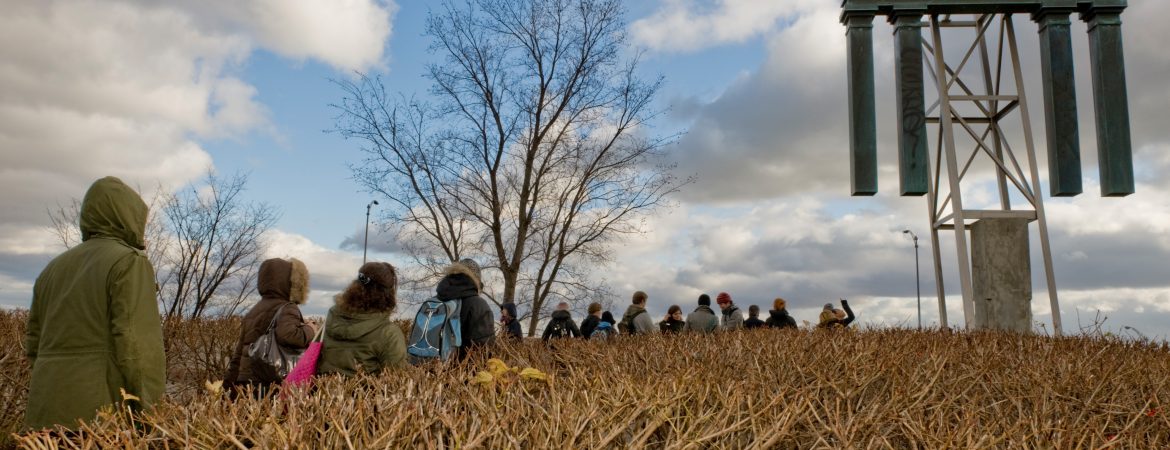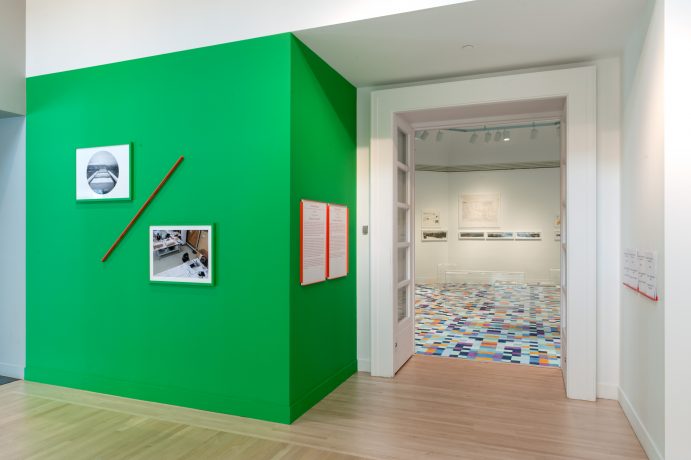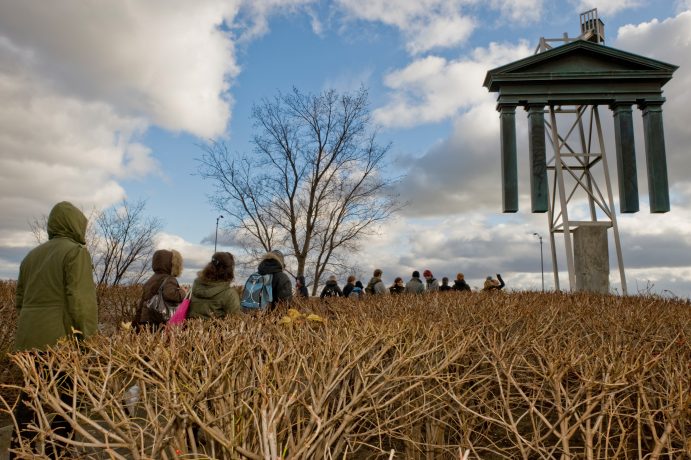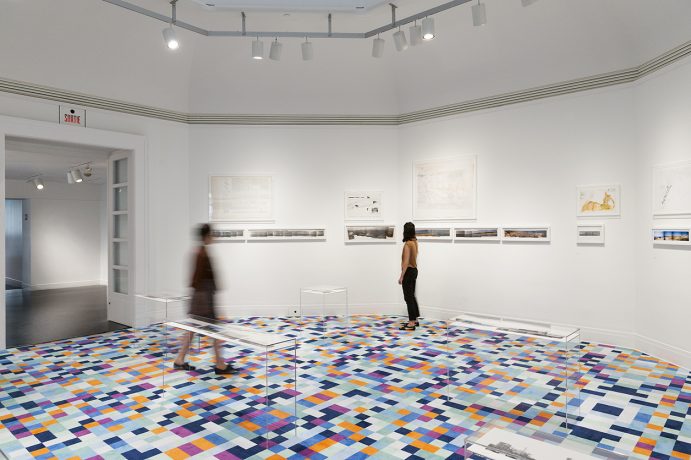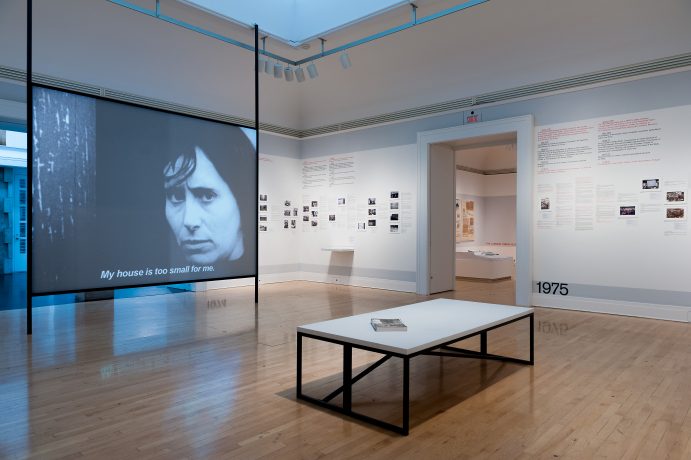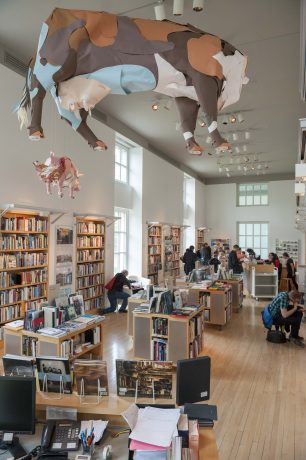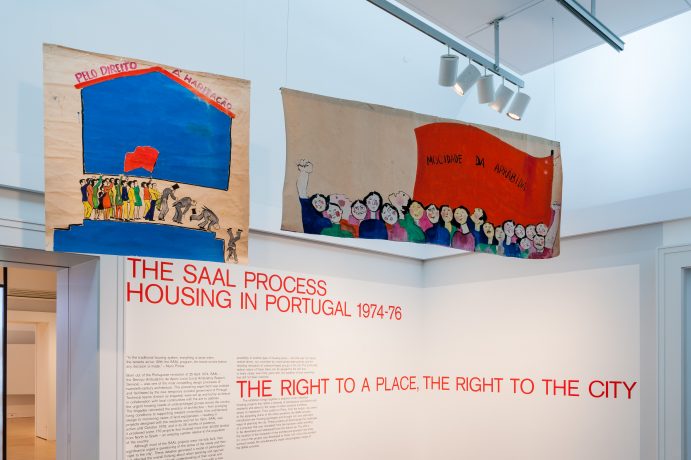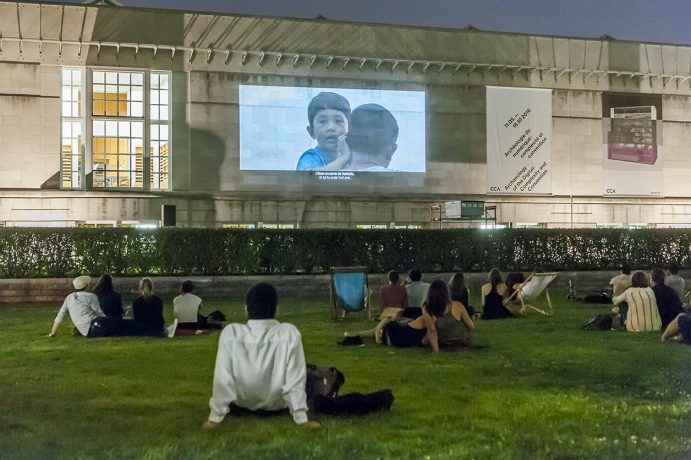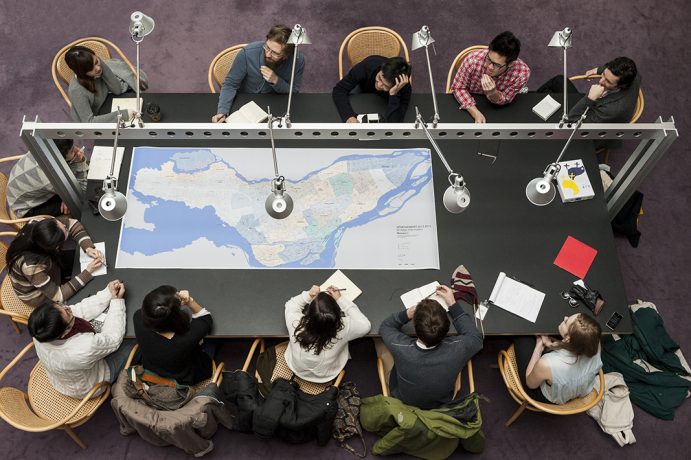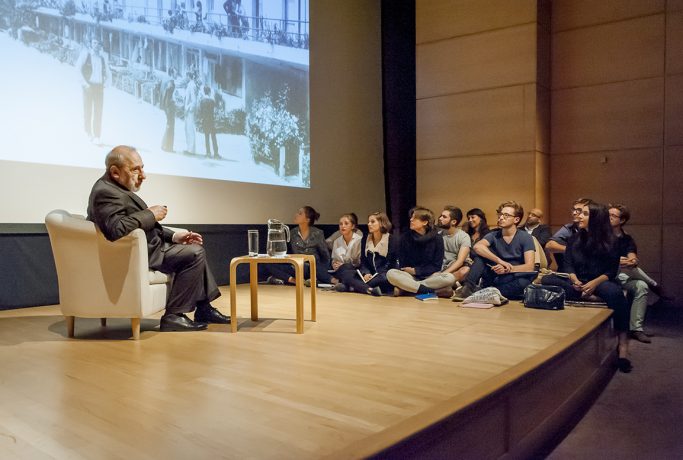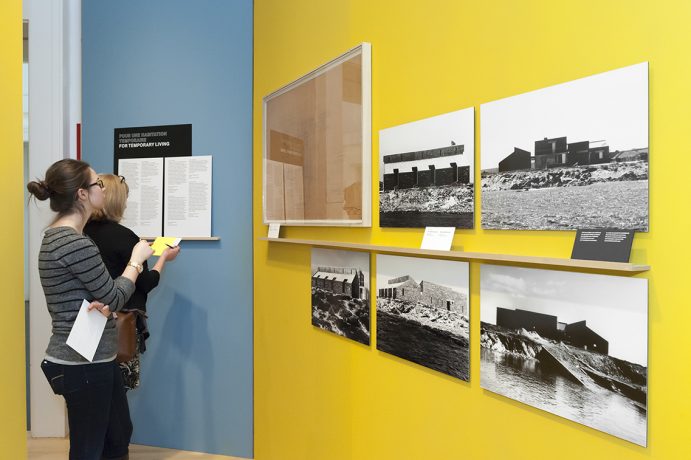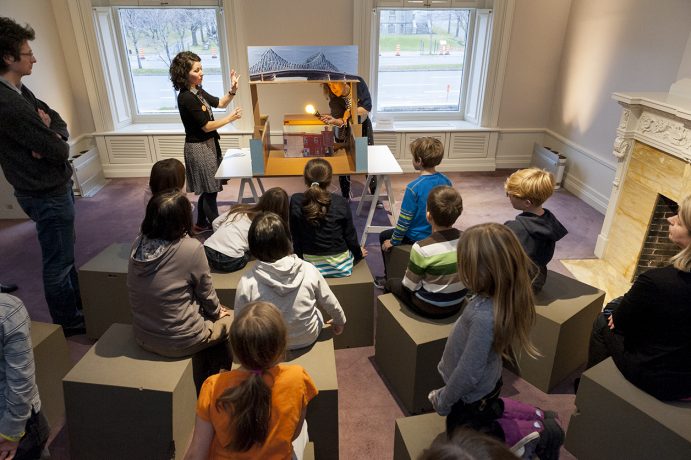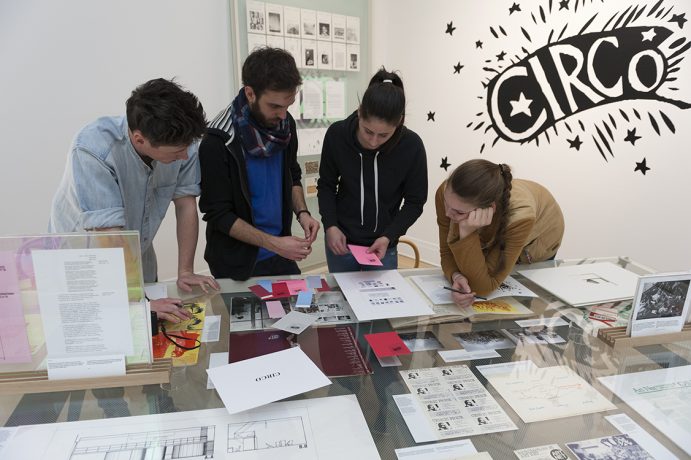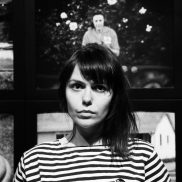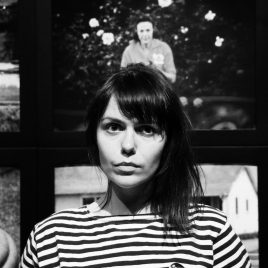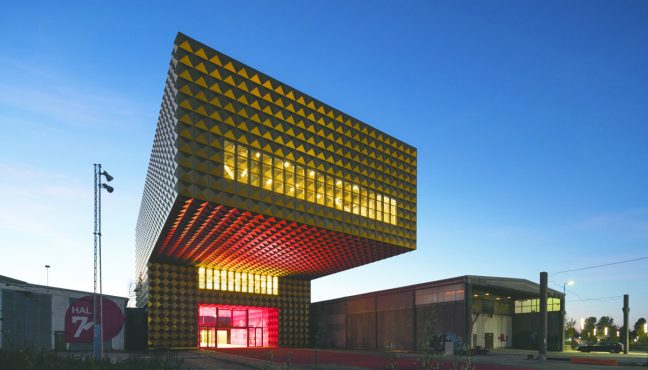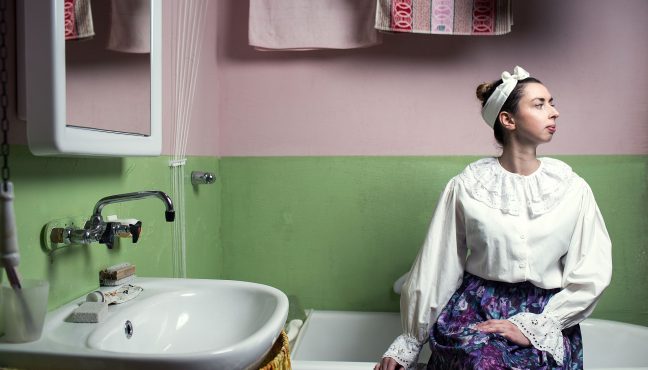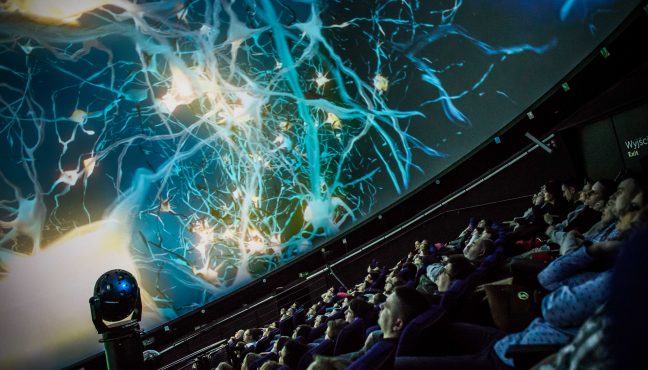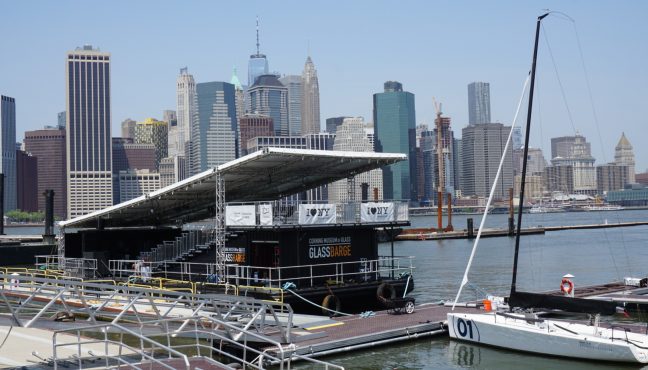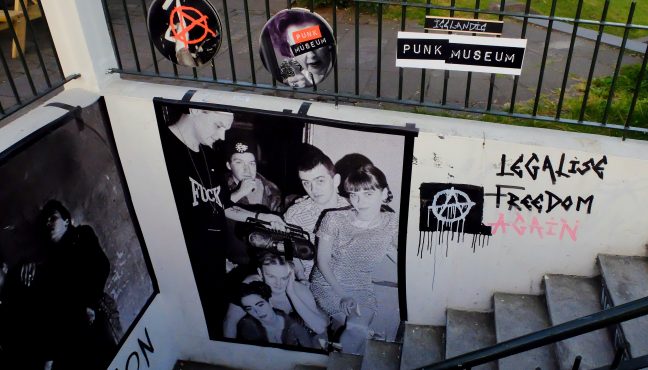CCA (Canadian Centre for Architecture) in Montreal seems to be a perfect fit for our SEE section that features the most stunning examples of museum architecture. Indeed, the CCA’s building is beautiful! It was designed by Peter Rose and Phyllis Lambert. Founded in 1979 the museum opened its doors to public back in 1989.
Apart from the impressive architecture of the CCA, it is an internationally acclaimed research and archive center. CCA’s talks and workshops program spans across architecture and architectural history, landscape architecture, urban studies, geography, design, art history and more. The public program is a synthesis of architectural theory publications, visual archive, and open to public lectures, screenings and workshops.
The main facet of the CCA’s public program is to promote the idea that architecture is a way of seeing and perceiving things, an act and process of thinking and acting. It is an invitation to see the history through the hybridity of architectural styles, through their change and evolution. What role has architecture played in the society? How are the histories represented in the urban environment?
The architecture of CCA is meant to support museum’s unique archives and public programs. According to Camille Bédard, CCA Curatorial Coordinator, “CCA is a two-part institution, consisting of a first building—the physical space in Montreal—and a second building—the digital space in which the CCA is present worldwide”. We are happy to publish this fascinating and thought-provoking interview with Camille Bédard who introduced us to the CCA’s heterogeneous, exceptionally rich public program.
One of the goals of the CCA is to advocate public awareness about architecture. How is this vision represented in the exhibition and educational program?
We build public awareness by engaging people in conversation on architectural thinking and practice, challenging assumptions on the built environment. We stimulate dynamic engagement through a variety of formats, including exhibitions, lectures, workshops, publications, exhibition tours, and seminars.
The mission of the CCA is to make architecture a public concern, by placing it in a wider context of contemporary issues related to culture, economics, the environment, and politics.
As a platform for discussion and research in architecture, what approaches to engaging audiences do you implement? What audience do you address when designing your educational program?
Since our mission reaches out to a variety of audiences, programs are developed for a local and an international public. In the first building, public workshops, exhibition tours, university programs, family programs, lectures, and seminars are designed for an audience that can visit the CCA in person. In the second building, the CCA website gives access to a range of content from past, ongoing, and upcoming research projects, in the form of articles grouped according to a set of contemporary issues. And some programs are accessible in both the first and second Buildings. For example, lectures are recorded and then published on the website, speaking to local and international audiences alike.
Is your archive open access and used by researchers? How does the study sector operate?
Research is at the core of our mission. Local and international researchers come to the CCA to consult the collection. Through a regular program of scholars’ residencies, seminars, and colloquia, we support individual research projects and advance new lines of investigation and new topics for debate. We encourage scholars to pursue projects that cut across time, space, and media in order to connect research with public engagement. Our programs for university students and professors are a platform for supporting emerging scholarly research. Open Sessions allow professors to hold a class at the CCA based on collection material. And in CCA Sessions, professors and students can meet CCA experts and learn more about a topic that relates to their curriculum. These programs encourage students and professors to use our resources and spark ideas for future research projects.
Who gives workshops and lectures? How are the candidates selected?
Public programs are given by architects, scholars, and others connected to our ongoing research interests. Depending on the subject, guest speakers are specialists in architecture, architectural history, landscape architecture, urban studies, geography, design, art, or art history. We also invite groups for public programs: one or two members of an architecture firm or a research collective present the group’s activities.
Public programs often complement an exhibition, in order to add to the voices speaking on a given topic, and to bring the conversation outside the galleries. They feature research projects that draw from collection material. In the summer, visiting scholars present their current research in public seminars, prompting a conversation on an ongoing research project: the seminar is not a presentation of a finished product, but a reflection on the work in progress.
This approach reflects our position on architectural thought and practice, as a research process that is constantly evolving through conversation. Exhibitions are one way of asking questions, and by including different points of view in the conversation public programs contribute something new to our research projects.
